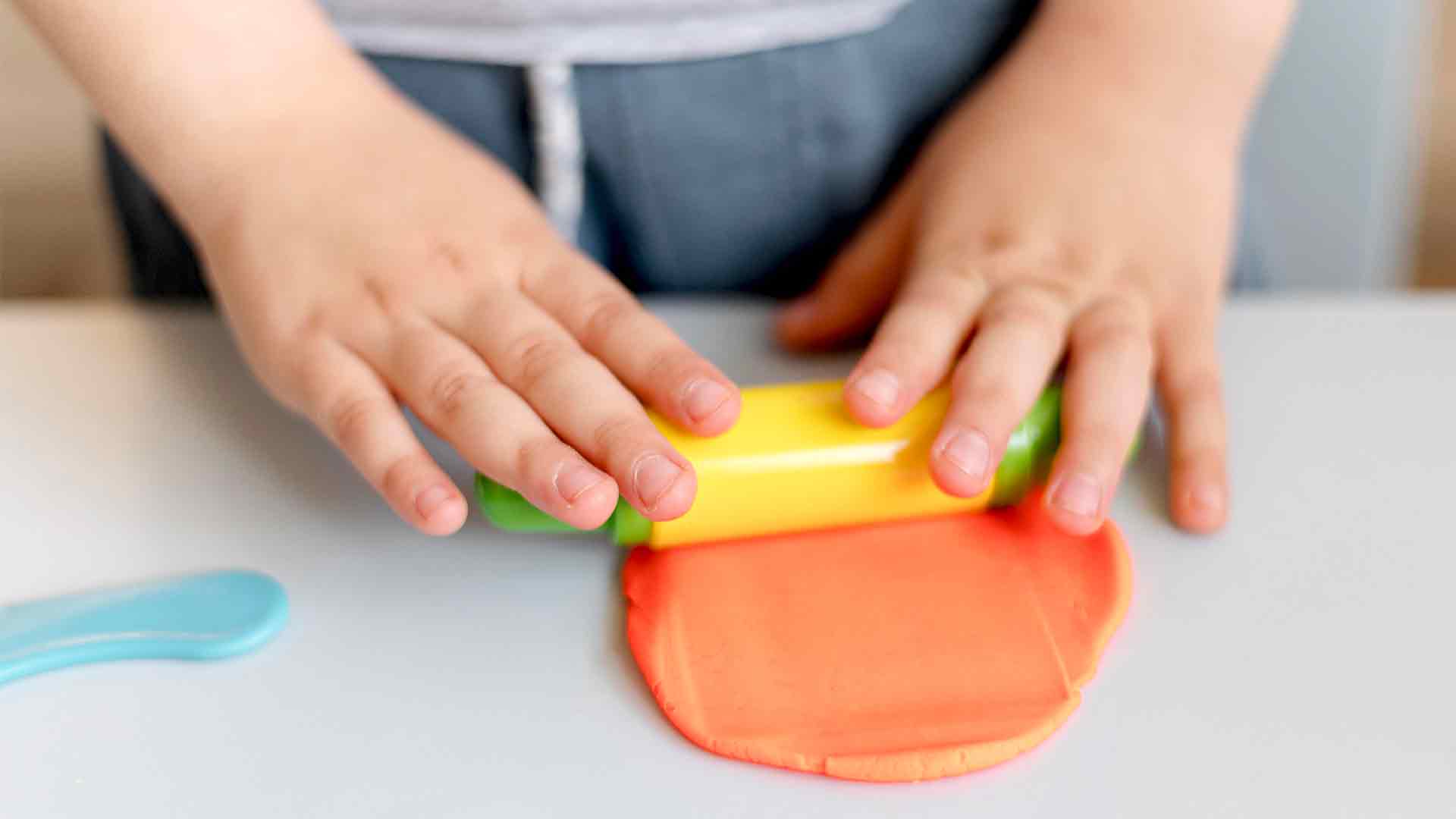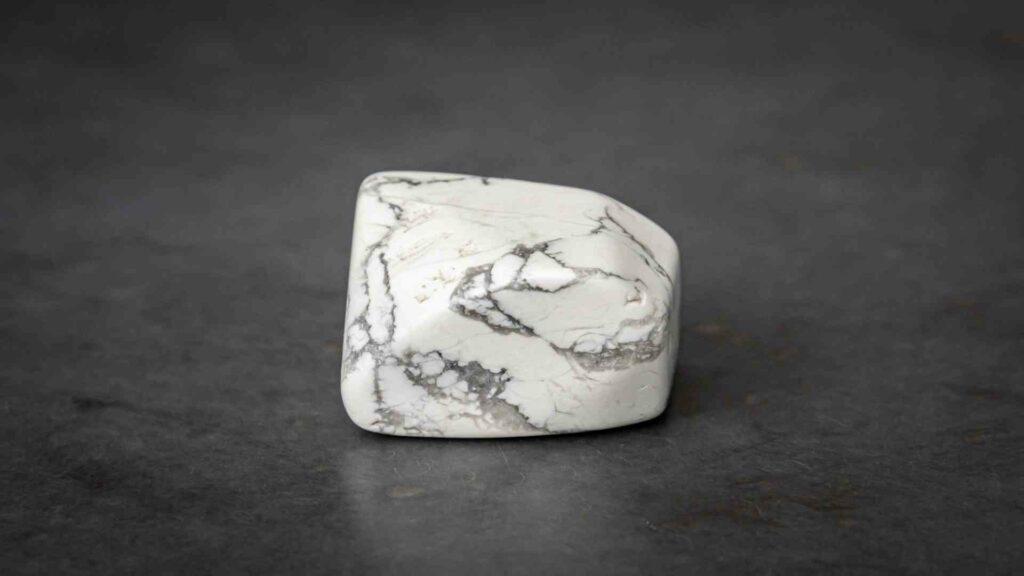Boron – The Magic Ingredient in Silly Putty
Boron is a naturally occurring mineral with multiple industrial, agricultural, technological, and household applications. But Boron has yet another use: It is the crucial ingredient of ‘Silly Putty,’ an extraordinarily complex and sophisticated molecular engineering job with multiple benefits from securing objects in space to treating injuries and using it to lift fingerprints as evidence for amateur sleuths.

Silly Putty – Boron
Boron and Silly Putty
Silly Putty is one of those products that many of us have played with during our childhood but little did we know that Boron is the magic ingredient that makes it work. Silly Putty is an extraordinarily complex and sophisticated molecular engineering job. Boron cross-links give it the critical property of being elastic on short-time scales and inelastic on long scales.
The Invention Of Silly Putty
Silly Putty was created during research into potential rubber substitutes for the United States in World War II.
All rubber products in the United States were rationed. Citizens were encouraged to ensure that their rubber products lasted and donate spare tires and boots until the end. This shortage was solved by government-funded research into synthetic rubber compounds.
The Silly Putty inventors were Earl Warrick, Harvey Chin, and James Wright. James Wright is a Scottish-born inventor who worked for General Electric in New Haven.
Warrick maintained throughout his life that Rob Roy McGregor he was the first to receive Silly Putty’s patent. Crayola’s history still states that Wright invented it in 1943. The two researchers discovered that silicone oil and boric acid could be combined with bouncy material. Non-toxic Putty bounced when dropped and could stretch further than regular rubber. It also didn’t go moldy and had a high melting point. The substance didn’t have all the characteristics needed to replace rubber.
Silly Putty as a Toy
General Electric (G.E.) had already shared the discovery with scientists all over the globe by 1945. However, none of them, not even those at the U.S. War Production Board, found it more practical than the synthetic rubber which was in production then. Peter Hodgson, an unemployed copywriter, recognized the potential of this toy as a marketing tool for children after seeing it advertised in a local toy shop as an adult gift. Hodgson purchased the production rights from G.E., renamed Silly Putty, and packaged it in plastic eggs for Easter.
Although Hodgson presented it at New York’s International Toy Fair in February 1950, sales took off when an article in The New Yorker magazine appeared several months later. Its initial market was 80% adults. Silly Putty became popular among children aged six to twelve years by 1955. Six years later, it was introduced in the Soviet Union and then brought to Europe, becoming a massive hit in Germany and the Netherlands.
Making Silly Putty with Boron
Silly Putty is a mix of silicone polymers (about 70 wt%), boric acid, and other chemicals. Dry pigments and clay carbonate are added to make color and glitter. Mixing water, white glue, borax, and borax can create a homemade recipe. The combination of silicone oil and boric acid gave Silly Putty a serendipitous design. This advantage has not changed.
The ingredients are mixed in a large machine called a sigma blade mixer for manufacturing Silly Putty. They are blended for about half an hour. After the mixture is combined, it is transported to the cutting area. First, the mixed material is cut by hand into small basketball-sized pieces. The pieces are then fed into the hoppers, which pull taffy from the candy industry. This machine extrudes Silly Putty and cuts it into smaller amounts used as a golf ball size. These are then packaged and transported to stores.
It is a material that vividly demonstrates the richness and complexity of behavior that simple materials can produce. When first handled, the initial impression was of a plastic material. Boron lends it the critical property of being elastic on short-time scales and inelastic on long-time scales through its cross-links.
Properties of Silly Putty
Silly Putty can be easily kneaded, much like dough, into any shape desired. These complex shapes appear to be permanent material distortions on short-time scales. However, upon more comprehensive inspection, the material is seen to sag under its weight, although the Putty does not flow indefinitely on a flat surface. If rolled into a ball and dropped, the material bounces like an elastic material. In addition, if a shock or impulsive load is applied to the Putty, it will shatter.
The behavior of this fascinating material gives insight into the rheological behavior of many materials. In theological terms, the experimenter is distorting the Silly Putty over a range of Deborah numbers. This non-dimensional parameter describes the ratio of the fluid relaxation time scale to that of the experimental time scale. Therefore, a high Deborah number corresponds to a fast experiment in which the load or impulse is applied over a concise time scale.
Other Practical Applications
As referenced above, Silly Putty can be applied to multiple situations, and with a bit of imagination, there are myriad other ways it might be used. Here are some of the most popular uses:
| Uses for Silly Putty |
|---|
| Apollo astronauts took it into orbit in 1968 to secure their tools in zero gravity |
| Physical therapists use it to treat injuries |
| It can be used to reduce stress and entertain during boring meetings |
| Amateur CSIs can use it to lift fingerprints |
| It can also be used to dampen the resonance of drumheads |
| Wrap it around a pencil to enhance the grip |
| To practice juggling, you can use it as balls |
| A thin layer can be used as a thumb cover to count money quickly |
| Find essential items in te dark during power outages with glow-in-the-dark silly putty |
| IKeep your soda can cold by wrapping it around you |
| To find lost contact lenses, roll a ball of it onto the floor |
| It is excellent for removing hair and lint |
| You can use it to make replacement dice for your favorite game board |
| It can be used to open twist-top bottles without causing any harm |
| It can be made into a worm or as a fishing lure |
| It can be placed under your dog's bowl to not slip all over the place |
| You can even make a boat out of it for your pet hamster |
| It can remove dirt, lint, and pet hair and help stabilize wobbly furniture |





